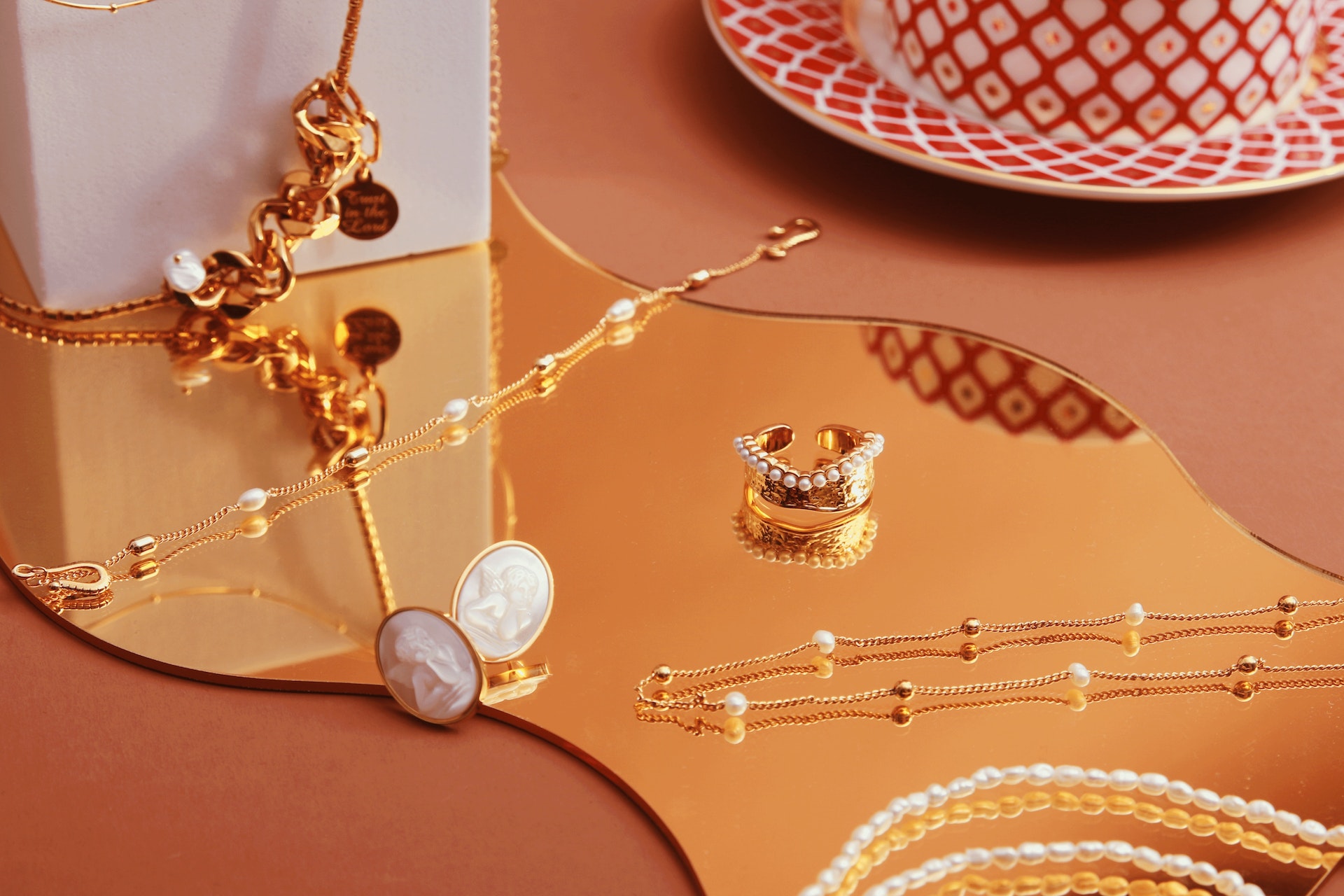
Many people these days want their investment documents to support the issues that matter to them and for some, sustainability and innovation are at the top of the agenda. With this in mind, have you considered investing in precious metals?
Precious metals can be recycled; in fact, you may be surprised to find out exactly how much. Other metals can be recycled repeatedly without degrading their properties. This helps conserve natural resources while using less energy compared to manufacturing or mining. Metals can be classified as ferrous or non-ferrous. Metals such as carbon steel, alloy steel, and cast iron are classified as ferrous metals.
However, precious metals including gold, silver, and platinum, among others, are classified as non-metals. Non-metallic metals do not lose their chemical or physical properties during recycling, which means they can be recycled fewer times.
So, what is the process of recycling?
- Collection – metals are collected and sold at landfills.
- Classification – they are separated, using magnets and sensors or by sight.
- Processing – next, they are broken to improve the digestion process and therefore can use less energy.
- Melting – after that they are melted in a large furnace. These furnaces are designed for each specific metal.
- Purification – metals undergo purification to ensure that the final product is free of contaminants and of high quality.
- Solidification – once it is good and solid, they are made into a shape such as bars.
- Transportation – finally, the metals are transported to create new products.
Did you know?
About 90% of recycled gold comes from metal, the remaining 10% is from technology. Europe accounted for 38% of total global silver production in 2017. The total platinum recycling from all sources is expected to deliver 1,960 koz of the metal to the market in 2018, a 3% increase from recycling in 2017.